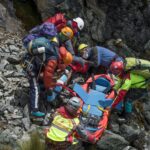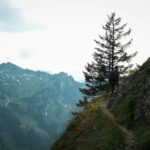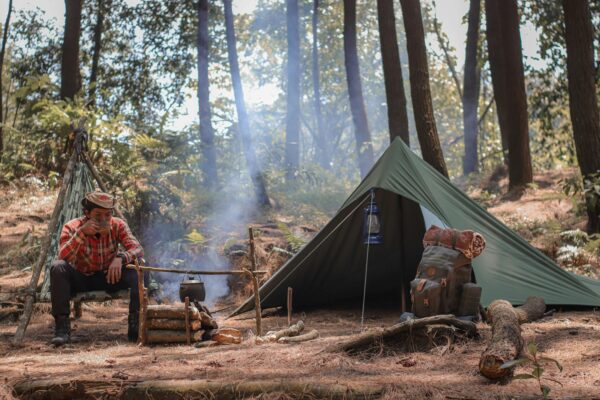
Shutter Insurgents: How Photographing in National Parks Became a Radical Act of Resistance Against the Erasure of the Wild
In the heart of Americas most revered landscapes, a quiet revolution is unfolding. Photographers, armed with cameras and a fierce determination, are transforming the act of capturing the wild into a radical form of resistance. National parks, once seen as serene escapes, have become battlegrounds against the erasure of the natural world. Each frame is a testament to the beauty and fragility of these spaces, a defiant stand against the relentless march of human encroachment. From the sweeping vistas of Zion to the ancient forests of the Amazon, these shutter insurgents are not just documenting the wild; they are fighting for its very existence. Their lenses are weapons, their images are ammunition, and their mission is clear: to preserve the untamed, to protect the unseen, and to ensure that the wild remains wild[1][4].








